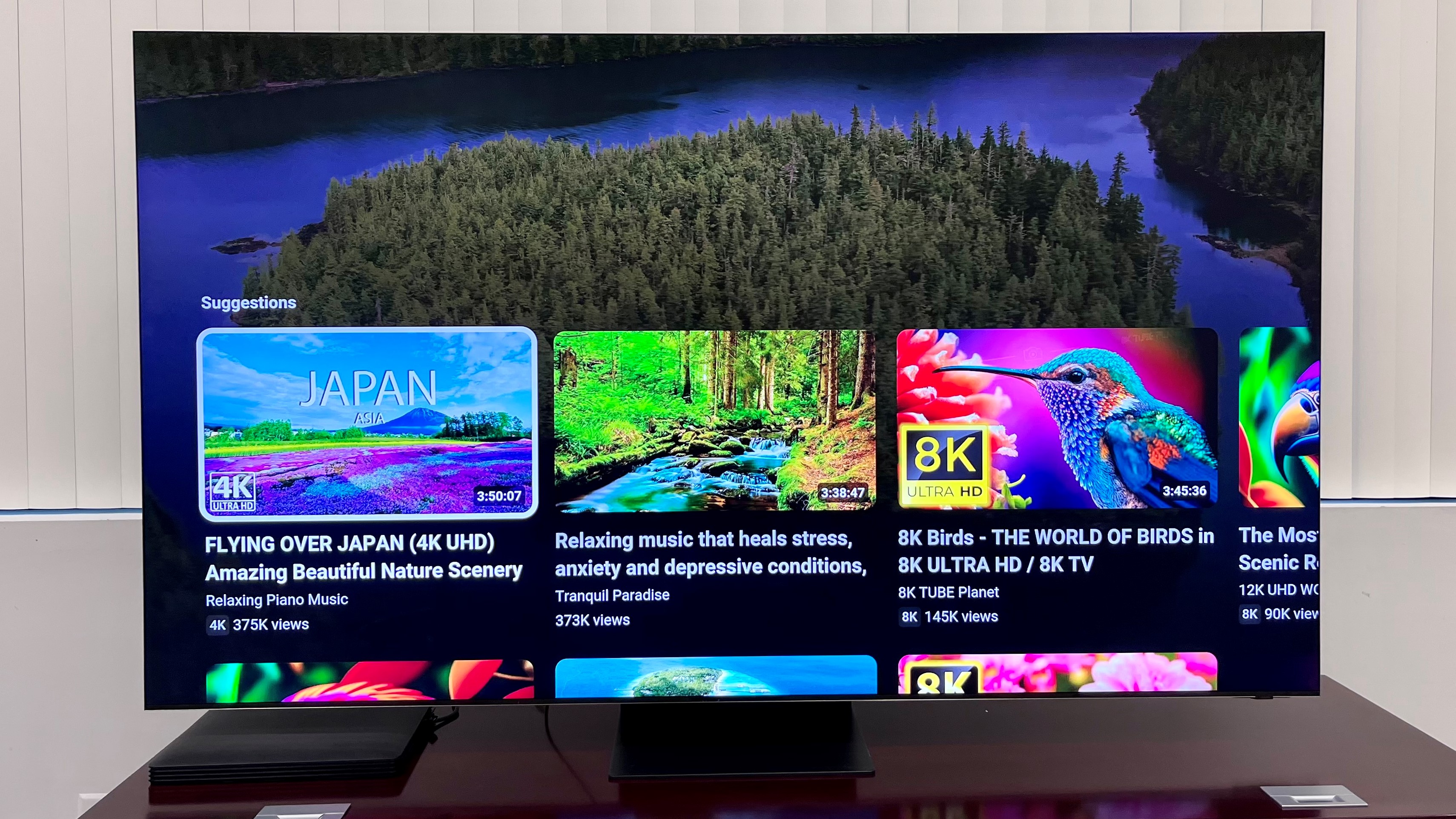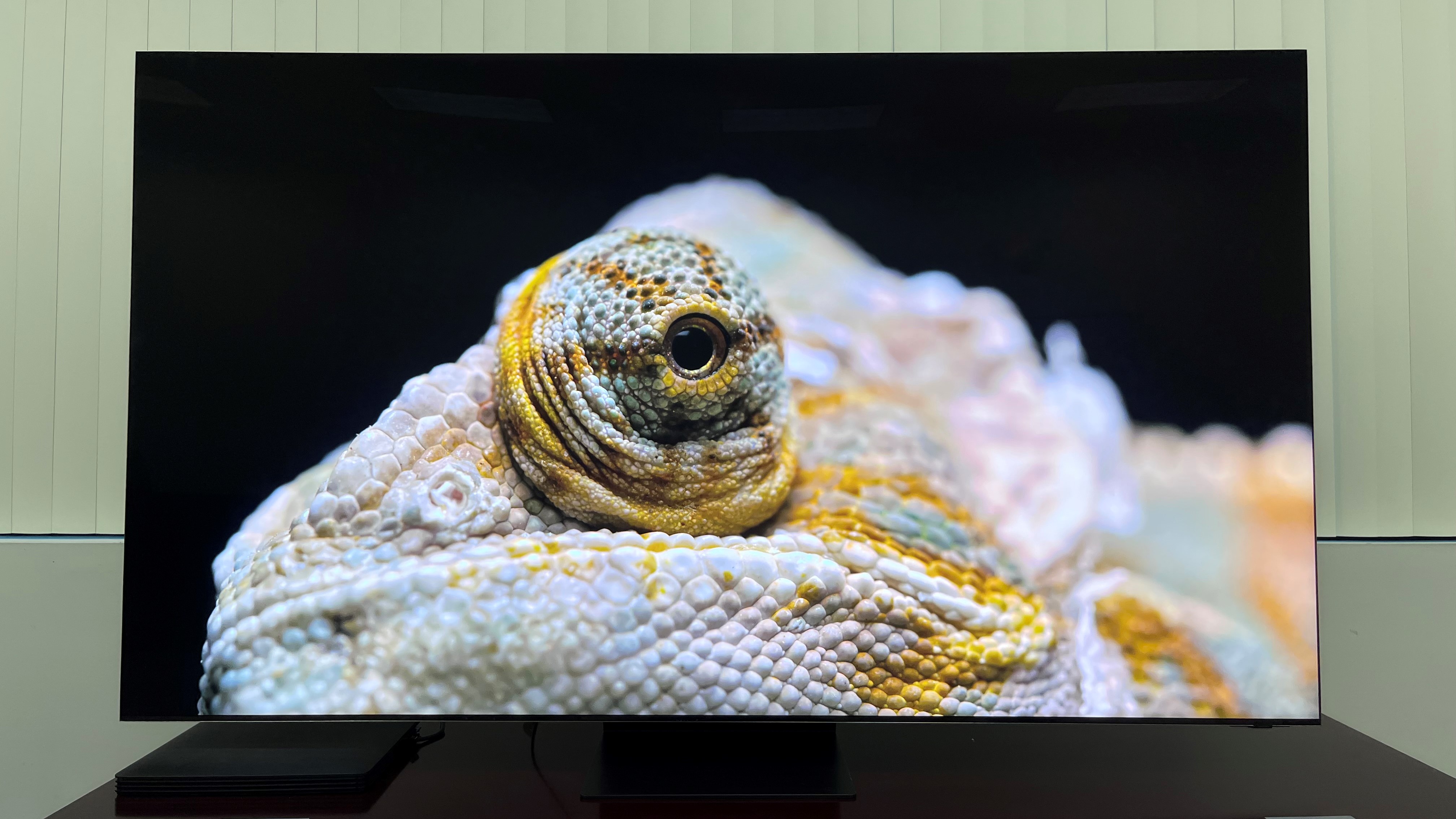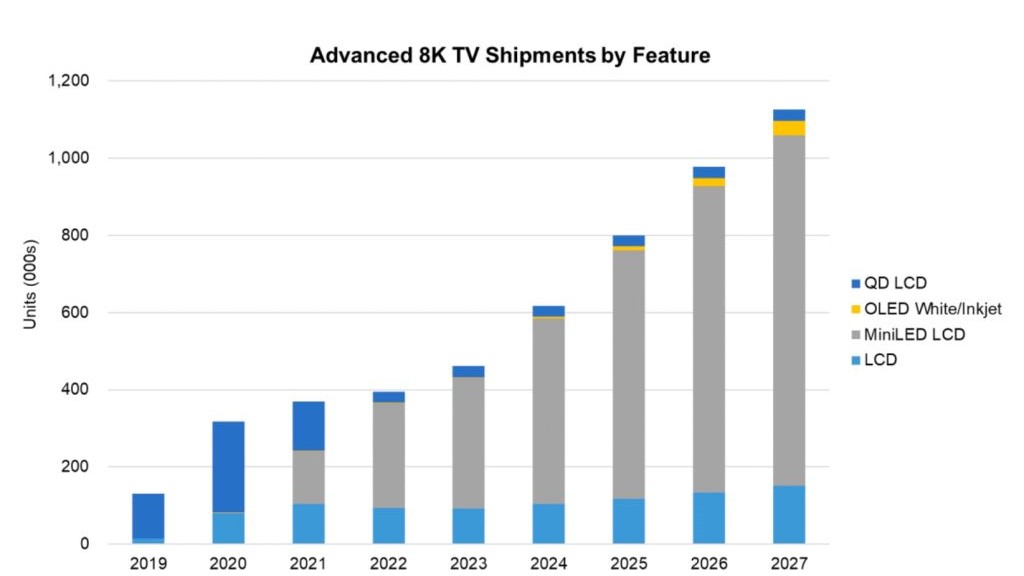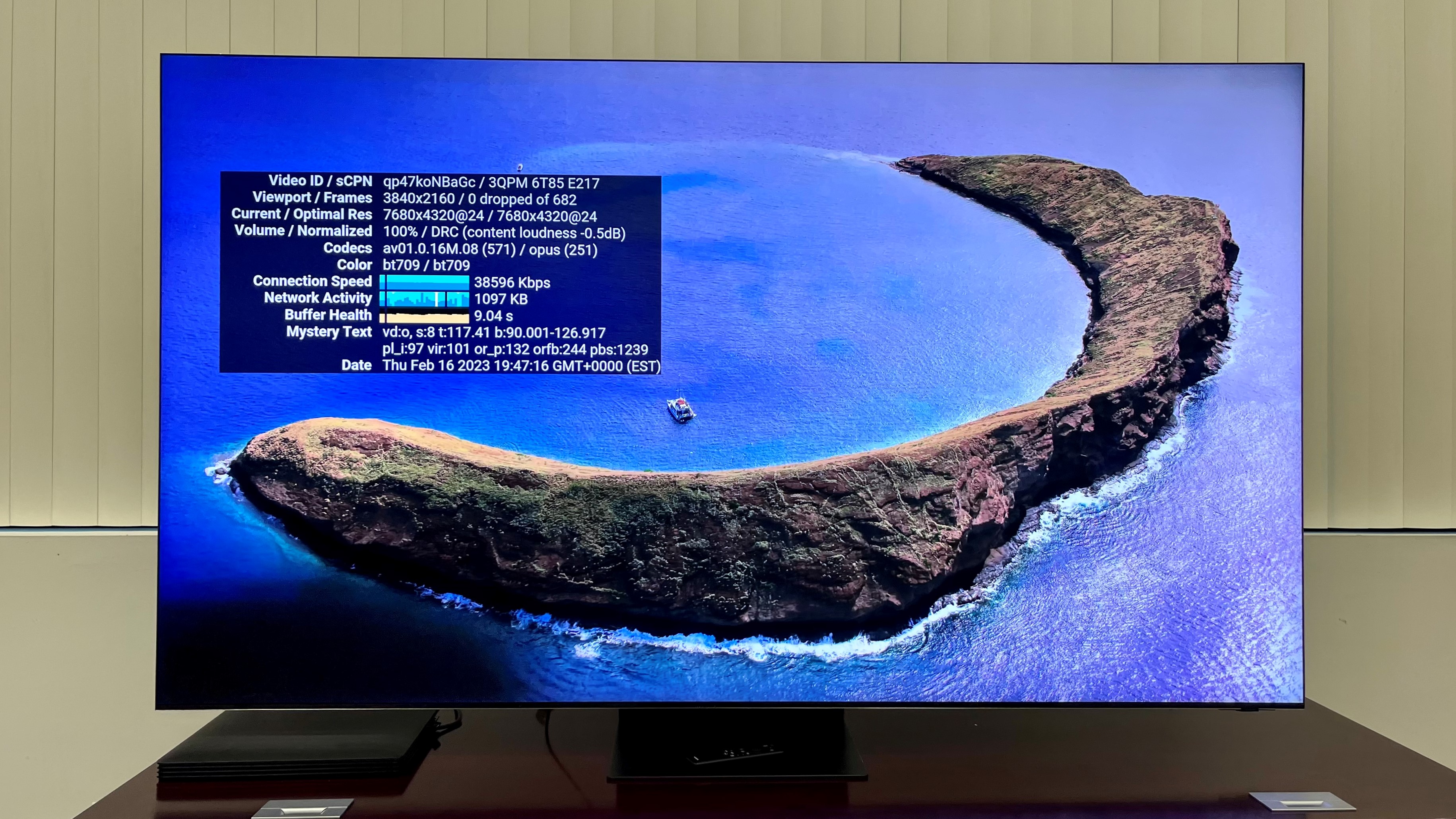8K TVs were supposed to be the next big thing – what happened?
Checking in on the 8K “revolution”

Last January’s CES trade show saw the usual flurry of new TV announcements, with everything from OLED, QD-OLED and mini-LED TVs being rolled out in larger screen sizes and with picture-improving tech innovations. For anyone paying close attention to the best TV trends coming out of CES, however, one specific category came up short: 8K TVs.
Not that there weren’t any 8K TVs announced at the show. Samsung unveiled three lines of 8K mini-LED TVs led by the flagship QN900C series, our current pick for the best 8K TV overall, and it also displayed a prototype 8K ultra short throw projector. LG announced its Z3 series 8K OLED models in 77- and 88-inch screen sizes. But none of the other TV makers present at the show, including TCL, Hisense, and Sony (who didn’t announce any TVs at all, preferring to wait it out until spring when it introduced a 4K-only lineup) had anything at all to say about 8K.
CES 2023 marked the second year in a row that TCL and Hisense neglected to bring out new 8K TVs, indicating that the category was not seeing momentum at the budget end of the price spectrum. Which brought up the question: Are 8K TVs destined to remain pricey, boutique items that mainstream viewers would never even consider upgrading to? Also, would there be new 8K TVs made going forward by anyone other than Samsung and LG?
Samsung beats the 8K drum

In a year with not much 8K news, it was Samsung who not surprisingly stirred things up with the introduction of the Samsung QN990C, a 98-inch 8K ‘Neo QLED’ mini-LED TV, in August. This model was initially made available only in Korea, though it’s currently listed on Samsung’s US website with a $40,000 (around £32,000 / AU$ 61,000) price tag. That same listing states that the QN990C is currently unavailable, which I confirmed with Samsung was due to high demand for its pricey, enormous 8K TV.
A 98-inch mini-LED TV selling for $40,000 might be headline-grabbing, but the more important 8K developments coming from Samsung in 2023 could be found in its smaller and less pricey TVs. In our Samsung QN900C review, we found that its Quantum Neural Processor 8K did an excellent job of upscaling 4K, and that its “sense of detail and texture is on another level.” Also, when viewing 8K on the QN900C, “the density of pixels and the reduced pixel ‘pitch’ of the 8K image gives what you’re watching a more natural, direct feel that removes the sense that you’re looking at a screen.”
The reason why Samsung’s high-quality upscaling of 4K on its 8K screens is important is because 4K is what we’ll mainly be watching as the world waits for 8K content to become “a thing.” But the company is also beating the 8K drum with a new portal in the Tizen smart TV interface that highlights 8K content on YouTube, plus you can now purchase and download 8K NFT artwork to display in the TV’s Ambient mode.
The 8K TV forecast

At the Display Week conference held in Los Angeles back in June, conference organizer Display Supply Chain Consultants (DSCC) presented a forecast on 8K TV sales that was highly optimistic for the category. According to a post in the 8K Association newsletter, the DSCC’s forecast didn’t anticipate a significant growth in overall TV sales volume through 2027. The 8K category, in contrast, should see a tripling of sales volume during that same period, mainly due to an increase in buyer preference for larger screen sizes, which benefit from 8K resolution.
Get daily insight, inspiration and deals in your inbox
Sign up for breaking news, reviews, opinion, top tech deals, and more.
Another positive 8K trend is pricing. While the same 8K Association report acknowledges that 8K mini-LED TVs are still expensive to make at the moment (and we can cite the $40,000 cost of Samsung’s 98-inch QN990C as evidence), it also states that “the manufacturing cost is still less than one of Samsung’s 4K QD-OLED panels.” Considering that a 77-inch Samsung QD-OLED currently costs $2,499 / £2,999 / AU$6,799, there’s ample hope for more affordable big-screen 8K mini-LED TVs in the not-distant future.
8K TVs: the end or just the beginning?

Like many new technologies, 8K TV started off with a degree of hype that it failed to quickly live up to. Given that, it’s easy to be cynical about the prospects for 8K TV’s future.
But as the DSCC’s 8K TV sales forecast indicates, 8K TV sales are just starting to ramp up, and they should continue to grow even as the rest of the TV category remains relatively flat. The bulk of future sales will be for mini-LED sets, according to the DSCC, although there will also be growth in the 8K OLED category.
The potential future 8K TV price drops are also encouraging, as they will mean that budget brands like TCL and Hisense are likely to release new, affordable 8K models. A continuing lack of 8K content on streaming services could remain a sticking point, but if high prices are no longer an issue – especially for the larger screen sizes that viewers are gravitating toward – 8K TVs could have a very bright future.
You might also like

Al Griffin has been writing about and reviewing A/V tech since the days LaserDiscs roamed the earth, and was previously the editor of Sound & Vision magazine.
When not reviewing the latest and greatest gear or watching movies at home, he can usually be found out and about on a bike.